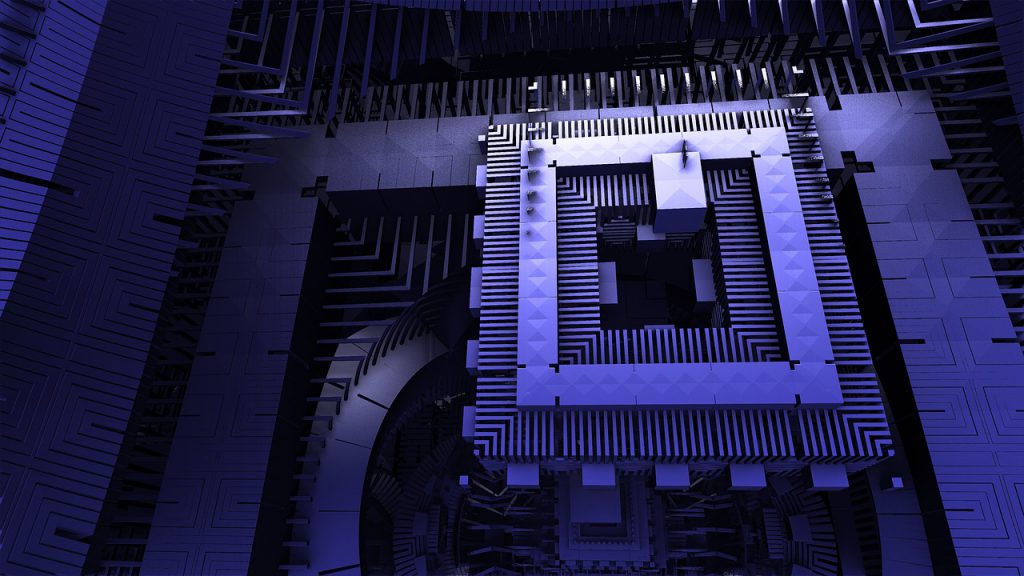Every day a new term pops up and suddenly becomes the buzzword.
Recently, have you come across the term Quantum Leap again and again?
If not, it’s time to stop living under the rock.
No! Quantum Leap is alien to science.
It simply means a significant jump or sudden change in some trend, technology, or anything around you.
Over the years, we are experiencing multiple quantum leaps in the field of computer technology.
The latest jargon in the tech world is “Quantum Computing.”
However, before diving into the sci-fi realm of quantum computing, let’s understand conventional computing.
What Is Conventional Computing?
Conventional or Classical Computers are the ones that we are currently using for various functions, including calculations, sending emails, maintaining organized data, movie viewing, music listening, and social networking, among others.

Bits are the fundamental building blocks of a conventional computer. They function similarly to switches that may be turned on or off. A0 indicates the off position, whereas a 1 indicates the on position.
What is Quantum Computing?
A quantum computer is a machine that applies some of quantum physics’ unique qualities to solve problems that ordinary computers and even supercomputers can’t handle. It is a conceptual computer capable of executing such algorithms. As a result, quantum computers rely on quantum bits, also known as qubits, which may be created from a single electron.

Quantum computing is concerned with creating technology that takes advantage of how energy and matter operate at the subatomic level. It develops algorithms for calculations using algebraic approaches similar to or parallel to quantum physics.
Difference Between Quantum Computing & Conventional Computing
Bits, which are similar to switches in that they can be turned on or off, are used in standard computer chips. A 0 indicates the off position, whereas a 1 indicates the on position. Websites, for example, are made up of millions of bits – all of which are 1s and 0s. What’s noteworthy is that not everything in life can be recorded in ones and zeroes; there’s often room for numerous ‘discrete’ (i.e., separate from each other) uncertainty. Quantum computing comes into play here. Quantum computing is based on quantum mechanics, a set of laws that control atoms and subatomic particles on a very tiny scale.

Quantum computers employ qubits rather than bits. Unlike bits, which may either be on or off (or 1 or 0) at one particular time, qubits can be on or off at the same moment, or even alternate between the two. This phenomenon is known as superposition in quantum computing.
Illustrations
A spinning coin is a typical illustration of this concept. We know that when a coin is flipped, there are only two outcomes. It is either heads or tails. However, what about a rotating coin? Before coming to a halt, such a coin has the potential to fall on both heads and tails.
As a result, superposition is like a spinning coin, which implies it takes into account uncertainty, which is something that traditional computing does not.
Quantum computers, by virtue, have the ability to use ones, zeros, and “superpositions” of ones and zeros, which enables them to do a massive number of computations at once. As a result, quantum computers may do challenging problems that were impossible for regular computers to solve, to begin with.
Another noticeable distinction is speed; quantum computing is far quicker than traditional computation. Quantum computers can answer issues simultaneously and significantly quicker by using superpositions.
Consider the situation of figuring out how to get out of a maze. A quantum computer will be able to walk down all of these routes at the same time, allowing it to arrive at the answer – the way out – considerably faster than a traditional computer that can arrive at one route at a time to examine the way out.
Conclusion
Quantum computers are unlikely to become mainstream in our daily lives in the near future. Because even the finest quantum computers now contain roughly 50 qubits, they are still a long way from reaching the consumer market. While this makes them fairly powerful – each qubit added increases processing capacity exponentially, so there is no question of a lot of computing capability. At the same time, these quantum computers are highly prone to errors. As a result, they’re both strong and unreliable, which isn’t a perfect blend.
So, you have learned about Quantum computing in this blog. If you love computer science then you should start coding from an early age. So, what are you waiting for?
Join Tinkerly’s coding courses for kids and take the first step towards a bright future.
 2399
2399


